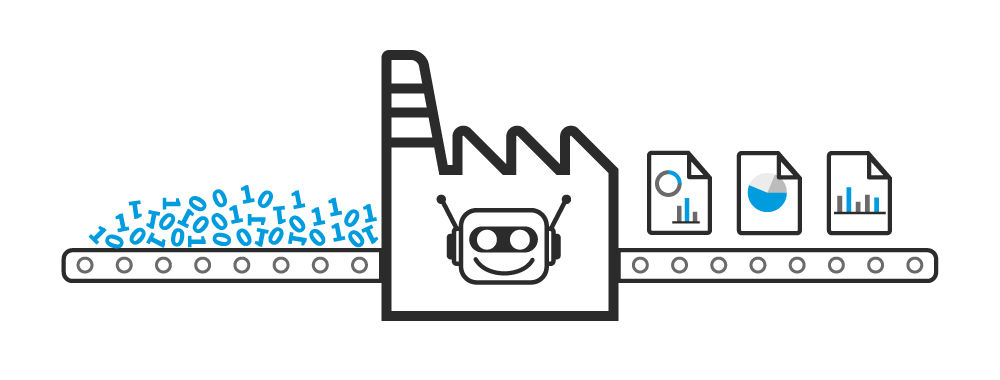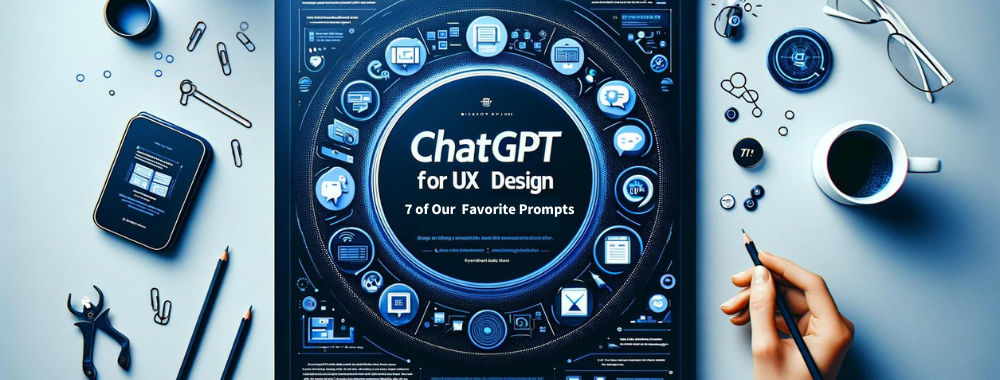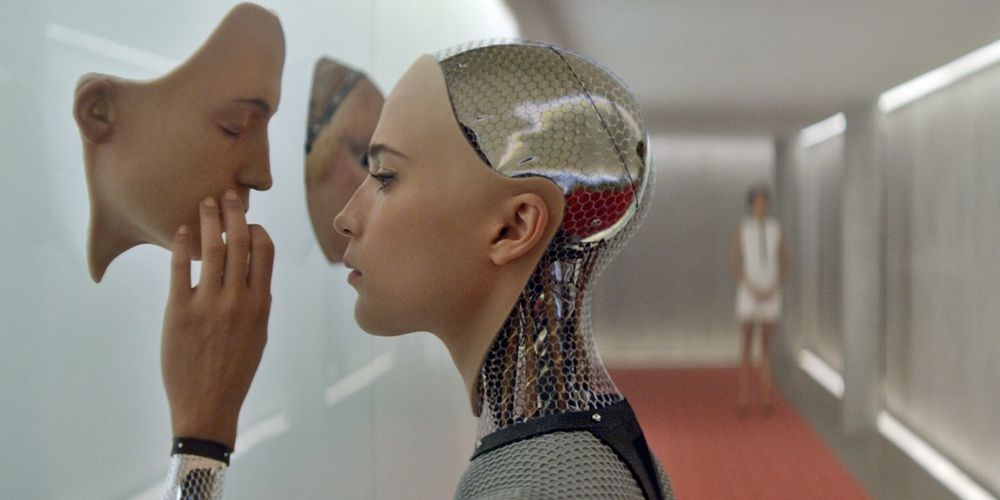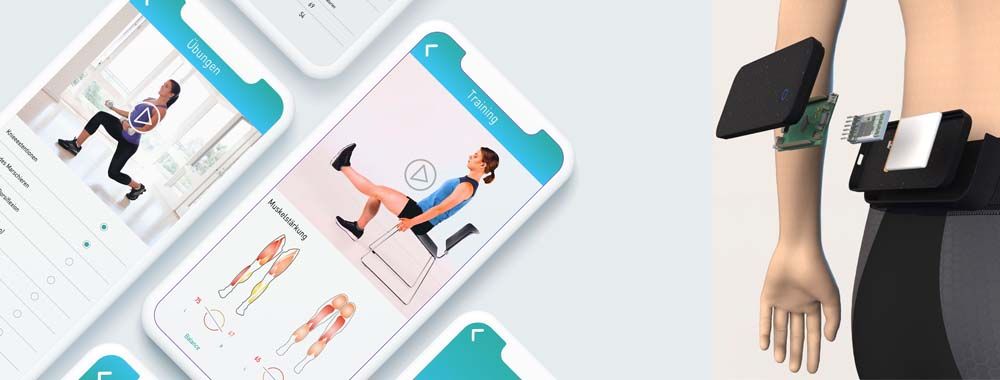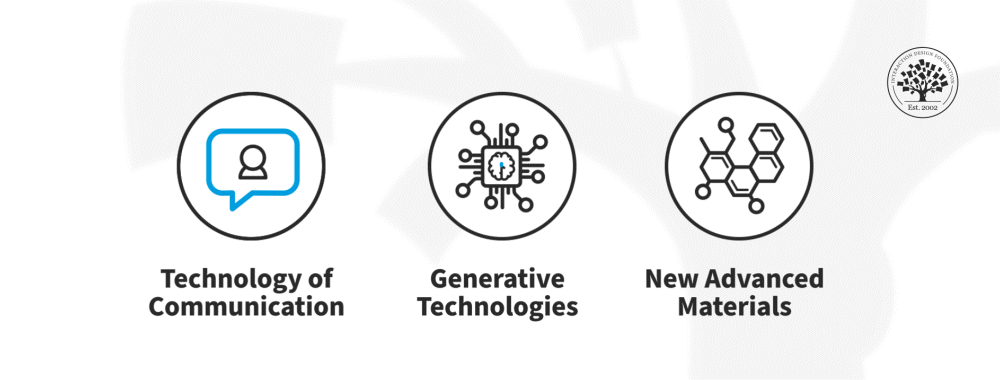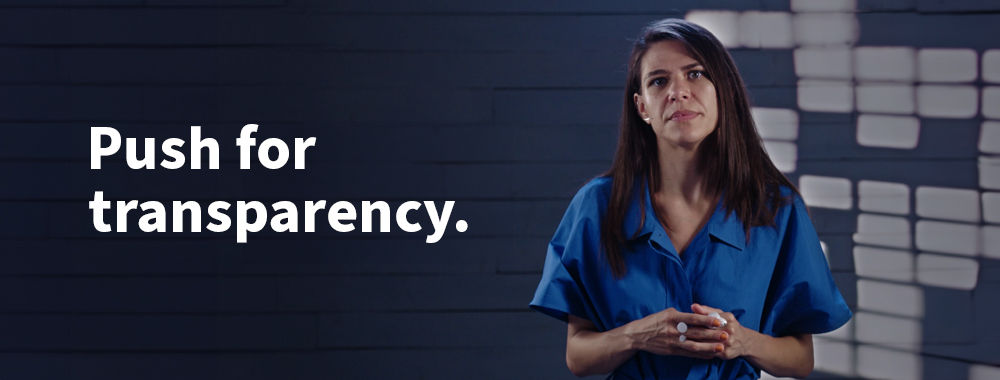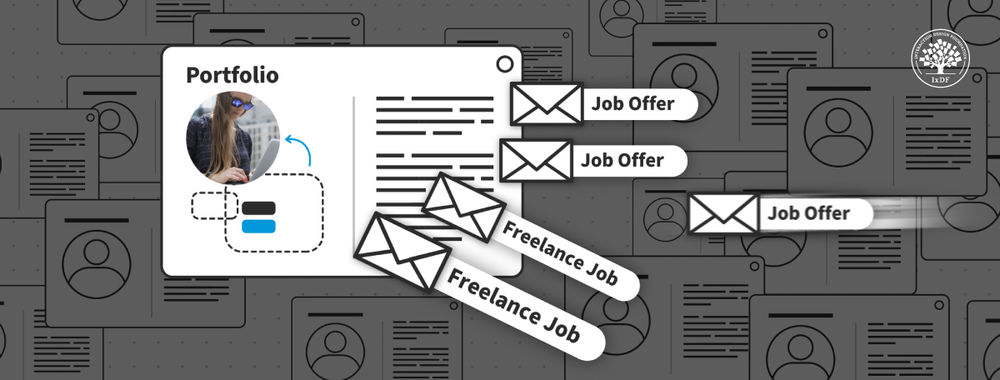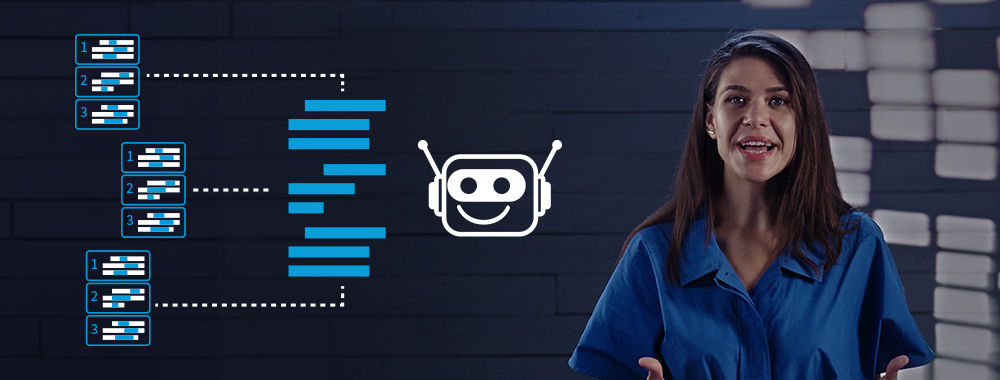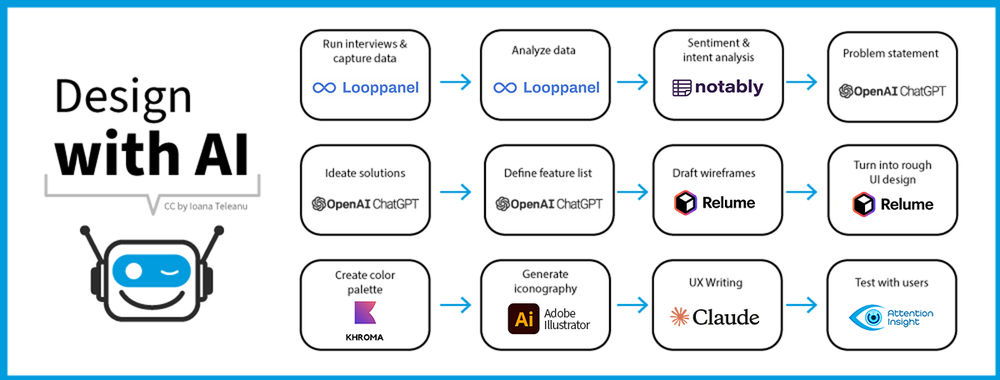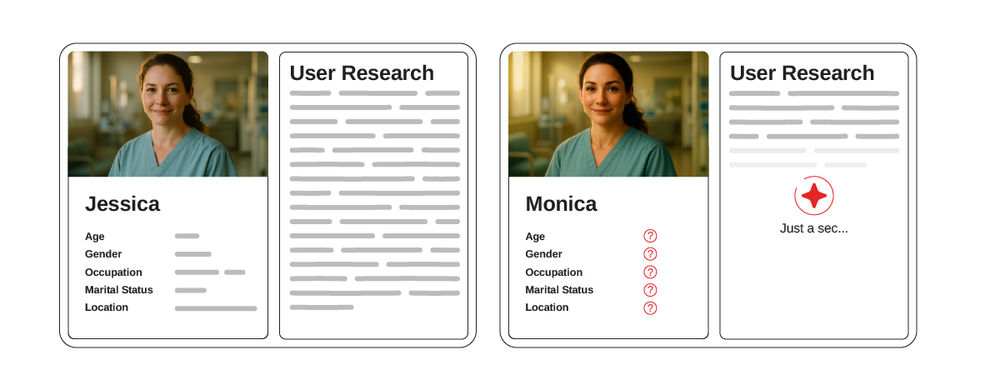AI tools can make the design process extremely efficient by taking on heavy but mundane tasks such as data processing and translating low-fidelity designs to pixel-perfect layouts. Alongside these “main” design tasks, technology can help you optimize even the seemingly smaller side tasks and activities. Let’s see how.
Show
Hide
video transcript
- Transcript loading…
Note: Tome is no longer available. An alternative tool is Chatslide.
Collaboration and Productivity Tools
Communication and collaboration are two of the most important aspects of a designer’s role. Here are some AI tools that can help free up your time and reduce the mental energy needed to handle the more administrative side of work. These tools are examples of generative AI, a form of narrow AI.
Sembly AI: This tool generates meeting notes with a summary and the topics discussed during a meeting. It supports over 40 languages (many of which are in Beta) and integrates with common task management and collaboration tools such as Slack and Trello. You can also prompt the tool to search for past meetings, filter out discussion points based on specific criteria (such as challenges or opportunities), summarize the meeting in a few lines or help you write an email based on the discussions.
Otter.ai: Offers live meeting transcriptions and generates summaries. It integrates with popular meeting apps to work as soon as a meeting starts, without manual intervention.
![A screenshot of the AI tool, Otter.ai. It shows the tool in use, live meeting transcriptions.]()
You can chat with the AI assistant during the meeting so that teammates can focus on the meeting while AI answers follow-up questions.
© Otter.ai, Fair Use
Reclaim AI: A scheduling automation app that finds the best time for your meetings, tasks, habits and breaks. You can set time aside for recurrent meetings, focus time or personal times. The application automatically reschedules tasks in case there are conflicts with meetings and helps you manage your time effectively.
Ellie: An email writing assistant. It frees up time and mental bandwidth by drafting intelligent emails. Powered by GPT, the tool learns from your writing style and crafts replies as if they were written by you.
Taskade: A multi-purpose productivity AI tool that offers features such as workflow automation, visualization and chat. From a designer’s perspective, it offers pre-built checklists for common design tasks.
Design Assistants
There are several niche tools to perform design tasks. These tools are also classified as generative AI, a type of narrow AI that generates content based on AI prompts. Here are some tools to help you get unstuck while working on your digital product:
1. Research Assistant
AI can automate your user research efforts at scale. It can combine industry expertise and best practices and offer suggestions that are tailored to your context. You can share your research goals and let the tools plan and even run your research.
Here are some examples:
UserTesting AI can analyze your audience data and help recruit participants for your research efforts.
Pansophic can learn about your product and research goals to conduct a qualitative interview with your users.
2. Data Processing and Analysis
The biggest advantage of AI is in data processing. It can recognize patterns at scale. When you have a vast amount of qualitative data, it can become overwhelming and time-consuming to sift through it all. Here, too, AI can automate data processing and summarize insights that you can then apply directly to your design work.
Most research tools (including the ones listed in the previous section) also include data analysis and reporting tools. In addition, some other options are:
Miro’s AI features include clustering sticky notes to identify patterns.
Looppanel is a research repository that auto-tags your data and lets you analyze by question or theme.
3. Brainstorming Partner
AI can act as your sounding board and suggest ideas. Collaborative tools such as Whimsical, Taskade and Fluig all provide AI-powered suggestions as part of the mind mapping features.
Here, Whimsical demonstrates how its AI would act to generate a mind map about mind maps.
© Whimsical, Fair Use
4. Logo and Icon Inspiration
Most icon generators focus on logos and app icons. You can use the output of these tools as-is, or use them as a starting point for your work. Sometimes you might find that standard icon libraries do not have an icon that represents an abstract concept that’s unique to your product. In such cases, you can experiment with these tools to create such icons. There are several standalone icon generators such as Recraft, CandyIcons and Logo Diffusion.
5. Stock Image Search
When creative commons or royalty-free images become too stock-ish and don’t provide exactly what you’re looking for, AI image generators can help you create custom images. Whether it is marketing illustrations or photorealistic faces for your personas, tools such as Midjourney, Stable Diffusion and Dall-E 3 can generate these from text inputs/prompts.
6. Color Palette Inspiration
AI tools such as Khroma, ColorMagic and Colormind can help you come up with a visual language based on your tastes, specific keywords or even random phrases.
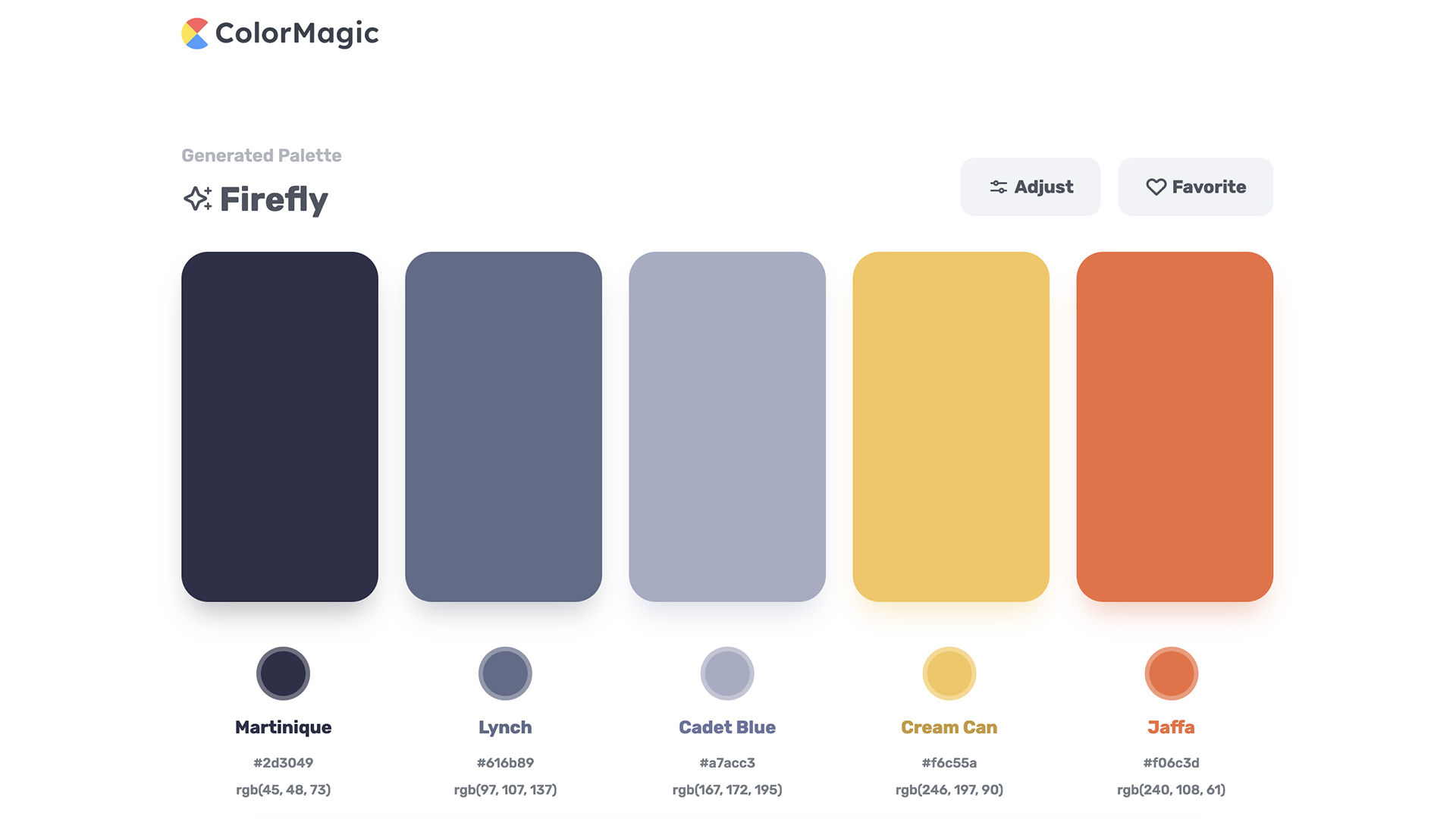
ColorMagic generates palettes from abstract words.
© ColorMagic
7. Writing Assistants and Copywriters
Writing assistants can help you in:
Digital marketing: create ad copy, social media content, email marketing campaigns and other branding-related communication.
Content creation: generate SEO-friendly blog posts, website copy and meta descriptions.
Microcopy: generate clear messages for instructions, error states, help text and other UI-related content.
Some tools to help you with writing tasks are:
Notion AI: Brainstorm ideas, create outlines, summarize notes, edit voice and tone to suit your audience, all in a collaborative workspace.
Grammarly: End-to-end writing assistance that provides starter text and suggests revisions to refine the output.
Writesonic, Jasper and Writer are dedicated long-form content generation tools that can learn your brand voice and generate SEO-optimized blog posts.
8. Marketing and Presentation Tools
AI tools can automate the grunt work involved in the supplementary activities related to products. For example:
Beautiful.ai and Slides AI can help you put together presentation slides.
Canva and Midjourney can help you create marketing assets in different resolutions.
The Take Away
In your journey to design efficiency, don’t restrict yourself to the core design tasks of research or prototyping. As the technology continues to mature, companies are constantly launching new AI helper tools that can save you valuable time and mental bandwidth. Even the tools that you’re already using may have AI-enabled upgrades, so you won’t need to experiment with or add new tools to your workflow.
